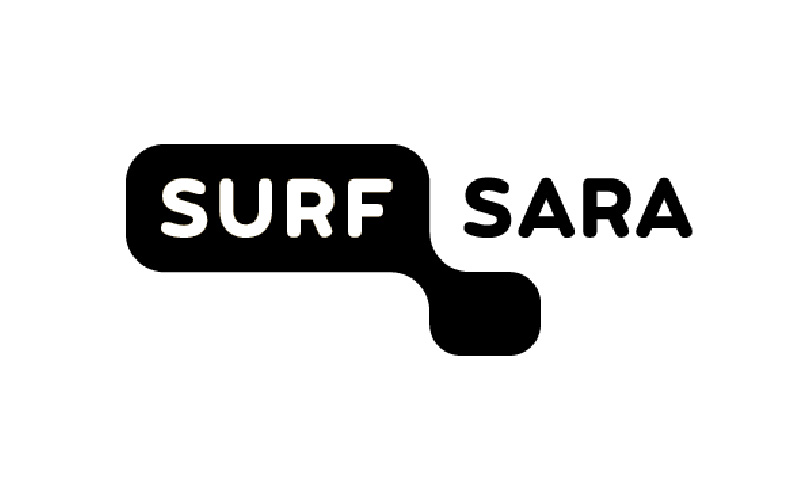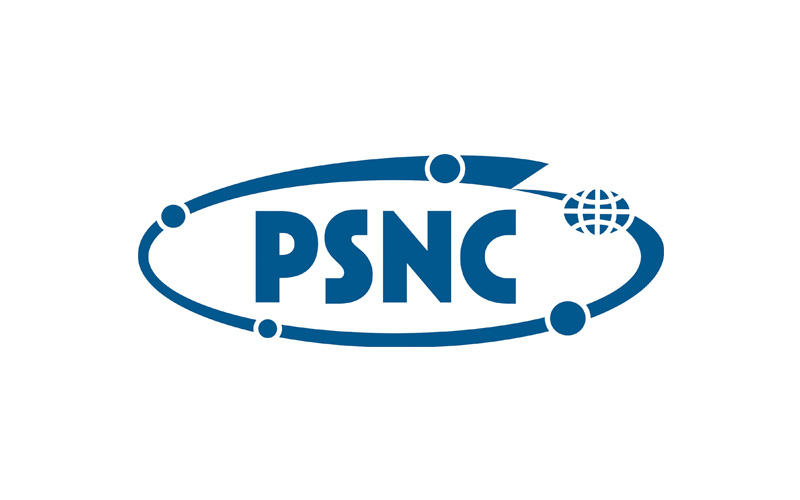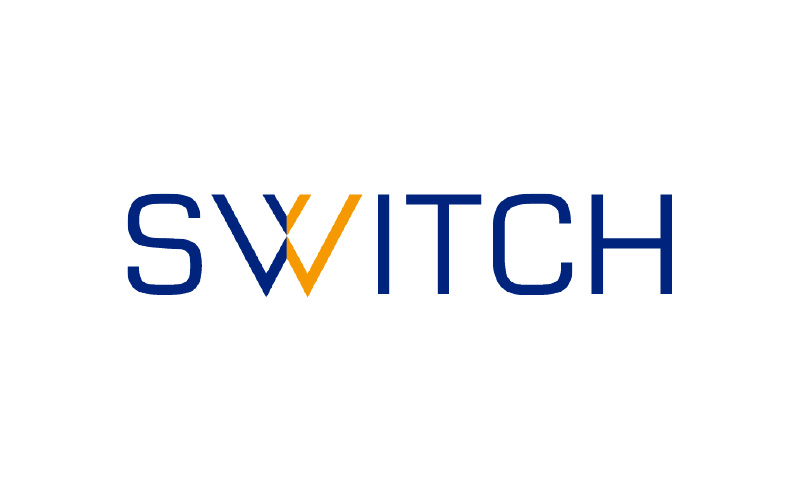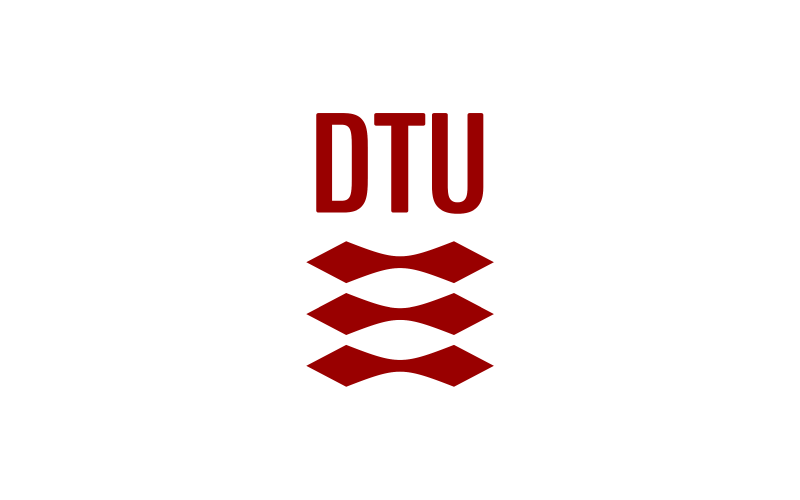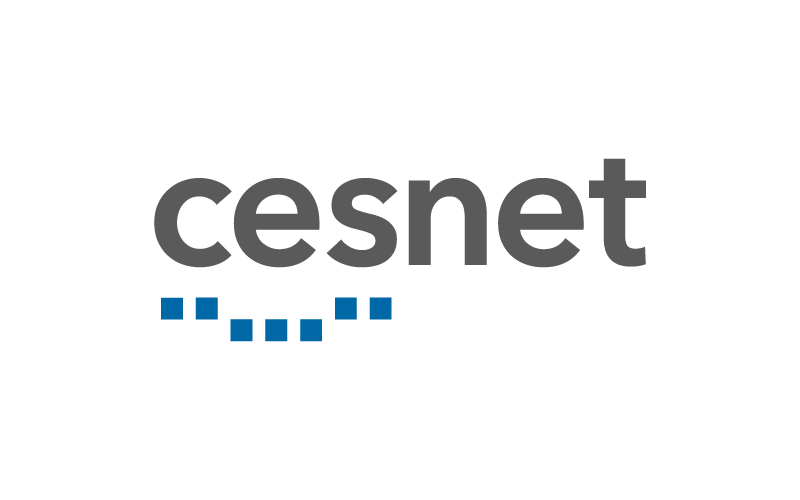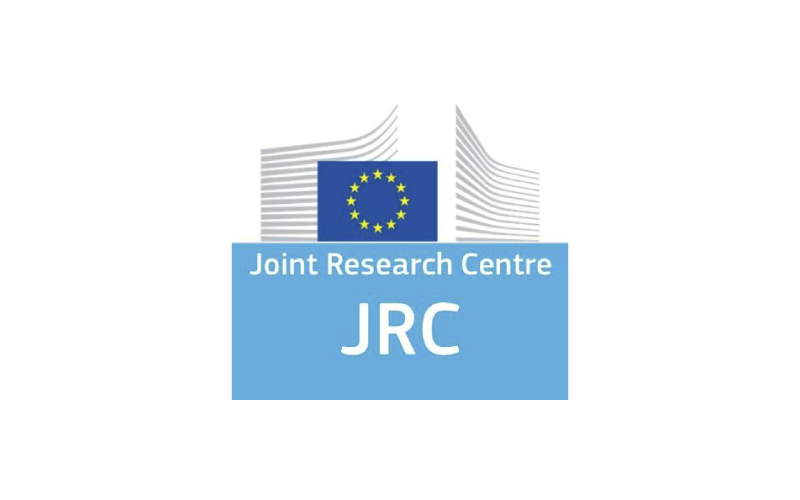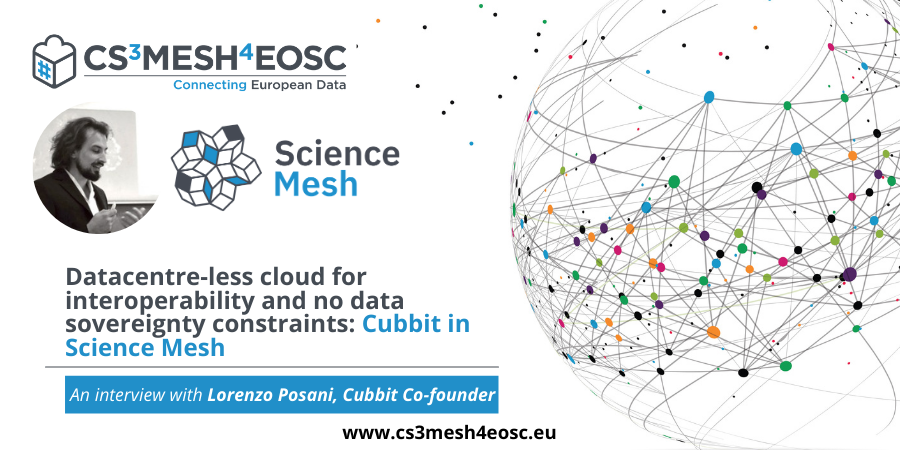
- 26 April 2021
Cloud computing has been revolutionizing the way small-medium enterprises (SMEs) and companies in general, use IT. SMEs are able to access high-end technology and information at an affordable cost. However, moving your data to the cloud has some associated risks, namely lack of control, privacy and legal risks.
Amongst the legal risks, there is data sovereignty, that is, the concept that data is subject to a country’s laws when it is stored within certain borders. This means that companies need to follow the law and this can become a challenge when moving to the cloud, since your data can be moved to another geographical location that does not follow the country’s legislation where the data was produced. In Europe, “organisations can be fined up to 4% of annual global turnover” if they break the data sovereignty regulations known as the General Data Protection Regulation (GDPR), which is applied to not only the countries in the European Union (EU), but to companies that have data from organisations or people residing in the EU.
The hybrid cloud approach can solve many of the challenges posed by data sovereignty. Hybrid cloud allows companies to choose what data they want to deploy to the off-premises cloud and what data they need to keep on premises.
Lorenzo Posani is a co-founder at Cubbit, a tech start-up on encrypted distributed peer-to-peer cloud services. In CS3MESH4EOSC, Cubbit is bringing its expertise in hybrid clouds, whose distributed and cryptographic framework will be integrated in the Science Mesh (the main result from CS3MESH4EOSC). Science Mesh aims to boost research collaborations by connecting the various cloud services across Europe.
Lorenzo explains why Cubbit joined CS3MESH4EOSC, how his company will support the Science Mesh in becoming an open, secure, collaborative cloud and how the service will support SMEs in increasing their economic value. The full interview is available below.
What is Cubbit, and what’s the added value of this solution?
Cubbit is the "datacentre-less" cloud. In a world where internet services are more and more dependent on huge infrastructures that are becoming increasingly redundant each year, we decouple the cloud from its dedicated infrastructure, to prove that top-notch cloud services can be provided via an intelligent reuse of existing resources.
Our solution is "encrypted by design" within a zero-knowledge model, where not even the cloud provider can access the stored payload. The added value is multi-faceted: for the user, a (truly) private cloud at a cost that is a fraction of the market price. For the world, a practical example that it is possible to both break out from the tech-giant centralised-data model and provide performant and reliable cloud services at the same time.
Why did Cubbit join the CS3MESH4EOSC project?
In the scientific community, we have a large need for collaborative tools for sharing data and at the same time very important constraints of data sovereignty.
Many publicly-funded research institutions are not allowed to use the traditional commercial cloud storage solutions that are hosted on foreign servers owned by, typically, American or Chinese companies, so the only solution is to build a private cloud - when affordable - or stick to physical exchange of hard drives like in the old times.
We believe that there is great room for innovation in this field, and Cubbit has the potential to solve both problems, without the need to build a dedicated infrastructure: Cubbit’s software is able to virtualise an industry-standard-like cloud storage service on just a dozen connected devices (lab computers, small servers), so even those who can’t afford to build a whole private infrastructure can enjoy the same experience of commercial cloud services without compromising on data ownership.
Of course, interacting with the current standards in academic cloud storage is a necessity for researchers that collaborate with colleagues from other institutions. Therefore, creating the conditions for interoperability between cloud providers is a priority for us to enter this market.
There is also a more personal reason: besides being a co-founder of Cubbit, I am also a researcher, so making Cubbit interact with the scientific community just felt like the right thing to do.
In your website you write that you “join forces to empower a collaborative storage space – a whole new world for our data and privacy”. How will your joint work with CS3MESH4EOSC contribute to that?
The scope of the CS3MESH4EOSC project, i.e. enabling smooth collaboration between different cloud providers in the scientific environment, fits perfectly within our vision of an open, secure, collaborative cloud. With our project partners, we plan to create a layer of compatibility between our distributed solution and the centralised ones, which will allow us to extend Cubbit’s vision to the academic community, where privacy needs and budget constraints are top priorities.
As Cubbit is an SME itself, from your perspective, how do you think Science Mesh can support SMEs in increasing their economic value?
Managing unstructured data is now a basic need in everybody’s daily work. Tools have developed quickly for consumers, who aren't aware of the privacy and regulation needs, however the corporate sector and academics have a hard time finding those tools that allow them to keep control over their data. A well-defined and transparent way to manage data interaction, such as Science Mesh, could help SMEs to focus on their business collaboration with the academic environment without wasting time and resources to find the right compatible tool for data management.
Cubbit plans to integrate the Science Mesh into Cubbit’s hardware. How will this solution benefit your clients?
As mentioned above, being able to inter-communicate with the traditional cloud providers is a necessity for our academic clients. Groups or labs that install Cubbit within their premises will greatly benefit from the Science Mesh interoperability layer, as they will be able to transparently share data and collaborate with colleagues that use a different, centralised storage solution.
Cubbit has the possibility to save close to 90% of energy compared to storage provisioned in traditional computing centres. Will this be implemented on Science Mesh, without compromising performance?
The 90% saving figure results from a computation (available in our green paper) that describes our current consumer solution, i.e. a network of peer-to-peer devices based on ARM processors, and takes into account their low consumption per Terabyte as well as the lack of cooling overhead of the distributed architecture.
If we consider an on-premises instalment, such as the one we are developing for academia, we will get even closer to a zero-emission storage service as - most of the time - the peer devices that host our data will be online and running for other purposes (computing, remote access, etc.).
An additional factor that we must consider is that, by re-using hardware resources that are already there, we save a non-negligible amount of e-waste - which is ~120 times more toxic than conventional waste - that would inevitably result from buying and updating a dedicated infrastructure.
As we claim for our consumer solution, there is no trade-off between green and performance as the strength of the first, our hybrid distributed architecture, is also at the core of the second.
Read the interview with Jakub Moscicki, from CERN and CS3MESH4EOSC coordinator
Read the interview with Angelo Romasanta, from ESADE and CS3MESH4EOSC partner
Subscribe to our newsletter to be the first to hear the latest CS3MESH4EOSC updates








